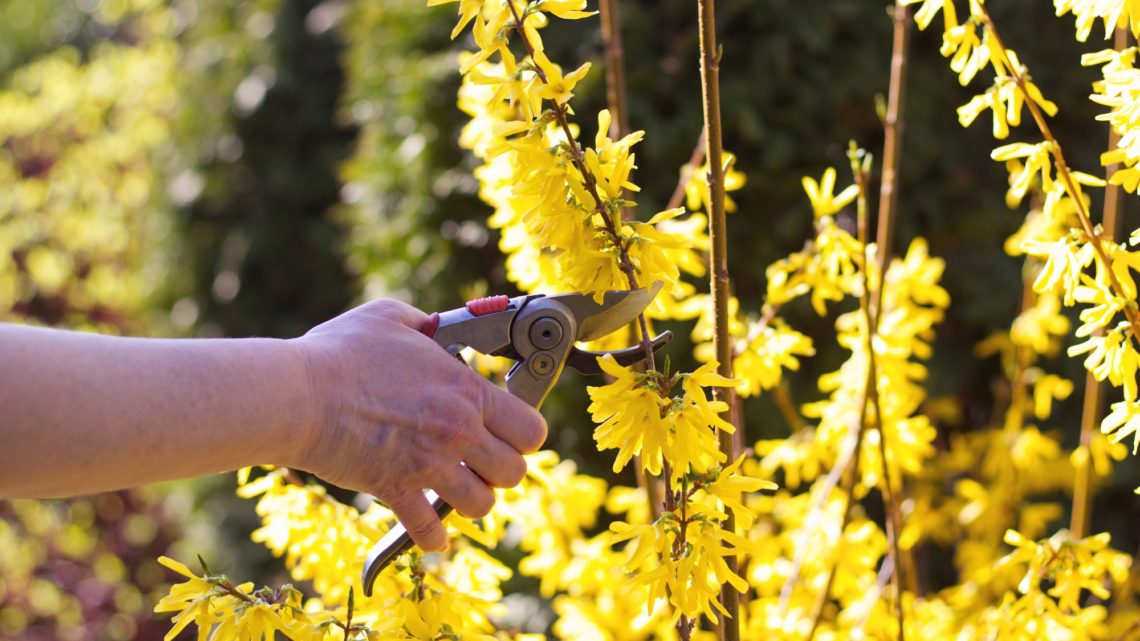For centuries, humans have viewed plants as stoic, green stalwarts of nature, keeping to themselves unless a gentle breeze made them rustle. According to research, they’ve actually been making sounds this whole time, we’ve just been too hard of hearing to notice.
Your tomato isn’t begging for a stay of execution before you turn it into salsa, but it is emitting “screams” in the form of high-pitched popping or clicking noises. These are ultrasonic stress signals that are basically a botanical panic attack belted out when it’s thirsty, injured, or otherwise having a rough go.
These sounds are way out of human range, but not out of Mother Nature’s. Bugs, animals, and possibly other plants can probably hear it all and may have been eavesdropping for eons.
Israeli evolutionary biologist Lilach Hadany and her team at Tel Aviv University confirmed this inaudible response by placing tomato and tobacco plants in a soundproof chamber, poking them, starving them for water, and then recording the sounds they made.
Using machine learning, they trained an algorithm to distinguish between plants that were happy, plants that were dehydrated, and plants that had been cut. Stressed plants click up to 40 times an hour. Different species had different stress sound profiles, suggesting this isn’t strictly tomato behavior but a widespread plant behavior.
As for how they make the noise? One theory is cavitation—tiny air bubble explosions inside their stems, the plant version of cracking knuckles.
What does this mean for us? Maybe in the future, your smart home will ping you when your fern needs a drink. Maybe one day we’ll become so good at hearing what plants have to say that you might guilt trip yourself into eating a salad, and then your salad guilt trips you into sparing its life.
The post Plants ‘Scream’ When They’re Cut, We Just Couldn’t Hear It. Until Now. appeared first on VICE.




